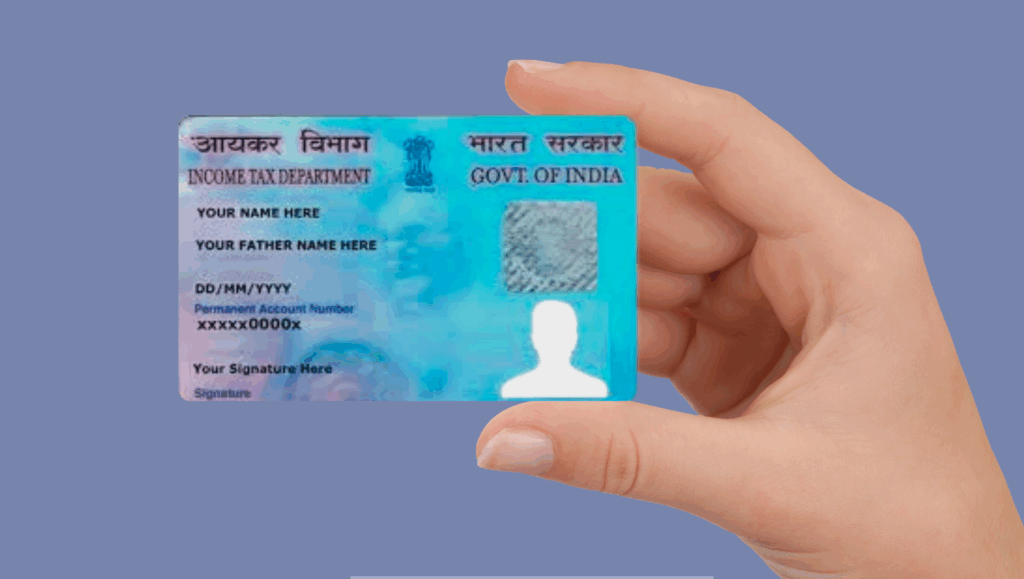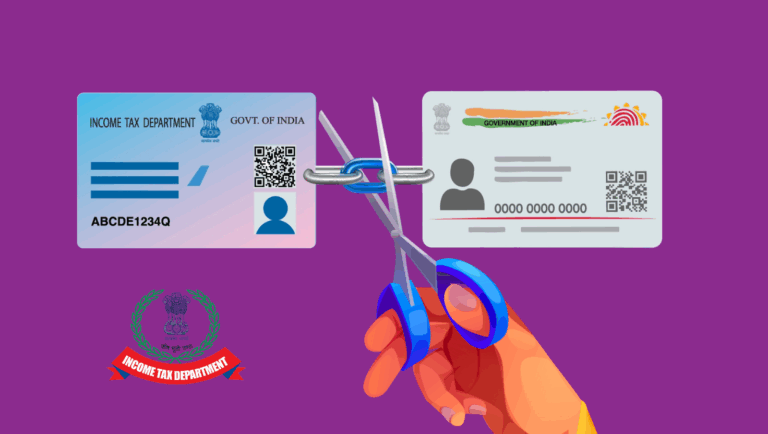
India’s CBDT stuns with 2025 black money rule changes, raising the foreign asset exemption to ₹20 lakh. This bold shift shields NRIs and professionals from harsh penalties, sparking debates: is it a pragmatic lifeline or a risky loophole? With a suspenseful “cliff effect” on valuations, the reform balances fairness and vigilance, resonating emotionally with taxpayers.
In a landmark step reshaping India’s approach to tackling undisclosed foreign assets, the Central Board of Direct Taxes (CBDT) has recently eased the stringent rules under the Black Money (Undisclosed Foreign Income and Assets) and Imposition of Tax Act, 2015 (BMA). Unveiled in August 2025, this amendment has triggered widespread discussion among legal experts, tax professionals, and economic observers alike. Why now? And why are experts hailing this as a pragmatic and visionary adjustment, rather than a dilution of anti-black money measures? This blog dives deep into the latest 2025 legislative and administrative changes, their implications for Indian taxpayers, and the nuanced balance between enforcement and relief.
The Landscape of Black Money Rules: A Quick Recap
India’s fight against black money has always been both rigorous and complex. The BMA, 2015, has long stood as a robust legal framework aimed at unearthing and penalizing undeclared foreign income and assets. Traditionally, non-disclosure could lead to draconian penalties including a flat 30% tax on undisclosed wealth, a punitive penalty of up to three times the tax payable, and even imprisonment for up to 10 years. The law mandated strict compliance, casting a formidable net over Indian residents with foreign assets, including bank accounts, stocks, ESOPs, bonds, mutual funds, and insurance policies abroad.
However, this stringent approach created certain operational hardships. Minor inadvertent omissions or assets of relatively small value often attracted the same severe penalties as wilful tax evasion, raising concerns over proportionality, taxpayer hardship, and compliance feasibility, especially among the burgeoning Indian diaspora, IT professionals, and employees of multinational corporations.
The Shift: What Exactly Has Changed?
The pivotal change came through CBDT’s Instruction No. F. No. 285/46/2021-IT(Inv.V)/88 dated August 18, 2025. This directive aligned administrative enforcement with the Finance Act, 2024 amendments and introduced a crucial safe harbour threshold. Key highlights include:
- Asset Value Threshold Raised to ₹20 Lakh: The new rule exempts foreign movable assets with a cumulative value not exceeding ₹20 lakh at any point during the financial year from prosecution under Sections 49 and 50 of the BMA, provided penalties under Sections 42 and 43 of the Act do not apply.
- Expanding Asset Categories Covered: Earlier circulars limited relief mostly to foreign bank accounts under ₹5 lakh. The 2025 directive broadens this protection to various foreign movable assets such as stocks, ESOPs, bonds, mutual funds, restricted stock units (RSUs), partnership interests, and life insurance policies with cash value—except immovable overseas properties which remain outside the exemption.
- No Prosecution for Minor Non-Disclosure: Where penalties are not levied, prosecution is explicitly prohibited, thereby establishing a direct linkage between penalty and criminal proceedings, ensuring consistency and fairness in enforcement.
This move symbolises a more nuanced, risk-based compliance approach where small-value, often inadvertent reporting failures attract leniency without compromising the fight against significant, deliberate tax evasion.
Can I Use 100% Limit of Credit Card in India? What Happens If You Hit 100% Utilization?
What to Do If Two People Are Issued the Same PAN Card Number in India: Legal Steps and Solutions
Top 10 Changes in the National Pension System (NPS)
Mastering Canara Bank Internet Banking: Your Ultimate Guide
Why Experts Applaud the Pragmatic Nature of the Move
Taxation experts, chartered accountants, and policy analysts broadly welcome this shift as a pragmatic policy recalibration for several compelling reasons:
- Proportionality and Fairness: The amendment addresses a longstanding grievance about the disproportionate impact of the Black Money Act on small-value holdings, especially unintentional cases, by creating a clear cut-off below which taxpayers are shielded from harsh penalties and prosecutions.
- Encouraging Voluntary Compliance: By reducing the fear of severe punitive action for minor non-disclosures, the CBDT is incentivising taxpayers to be more forthcoming with their disclosures, thus expanding the tax base and improving compliance sustainably.
- Focus on Material Cases: Enforcement can now concentrate on willful defaulters and significant evaders holding high-value undisclosed assets, improving administrative efficiency and resource allocation.
- Alignment with Global Practices: The safe harbour provision aligns India’s tax enforcement more closely with international norms where low-value inadvertent errors are typically treated with leniency, preserving public confidence in a balanced tax system.
- Clarity and Certainty in Compliance: This instruction removes ambiguities that existed due to conflicting earlier guidelines, thus providing taxpayers and authorities with clear parameters guiding prosecution decisions.
The Ripple Effect on Indian Taxpayers and NRIs
The CBDT’s move will have wide-ranging implications for different taxpayer segments:
- Indian Diaspora and Foreign-Assigned Professionals: Many Indians working abroad or on international assignments hold diverse foreign financial instruments. The ₹20 lakh threshold and asset expansion offer significant relief to this group, easing their compliance burden.
- IT and Multinational Employees: Employees often have ESOPs, RSUs, foreign pensions, or low-value foreign bank accounts abroad. The new norm facilitates easier compliance and reduces anxiety over inadvertent reporting lapses.
- Ordinary Taxpayers with Small Foreign Holdings: Even Indian residents with modest foreign financial interests gain protection from punitive prosecution, promoting a culture of voluntary disclosure.
- Tax Advisors and Legal Practitioners: Professionals advising clients can now provide clearer guidance against a backdrop of updated CBDT instructions, ensuring compliance strategies are well-aligned with current enforcement realities.
The Intriguing “Cliff Effect” and Compliance Vigilance
While the rule introduces a welcome safe harbour, it also intensifies the importance of accurate valuation and aggregation of foreign assets. The directive emphasizes the phrase “at any time during the relevant previous year,” creating a cliff effect where even a temporary breach above ₹20 lakh can negate the exemption. Such nuances require meticulous record-keeping, frequent asset valuation, and expert advice to avoid severe consequences.
Consequently, taxpayers must remain vigilant. They should adopt proactive measures such as:
- Maintaining detailed documentation of asset valuations at multiple points throughout the year.
- Consulting with tax professionals for appropriate compliance measures.
- Initiating voluntary disclosures where required to avoid harsher penalties.
Emotional Resonance: A Step Towards Tax Justice
Beyond numbers and legalese, this amendment carries an emotional resonance for many. For years, honest taxpayers with low-value foreign holdings wrestled not only with compliance complexities but also with the fear of disproportionate punishment. The CBDT’s decision signals empathy within India’s tax governance—acknowledging the challenges of globalised financial lives and choosing mercy where deserved. This humane shift nurtures trust in India’s tax system and fosters a more inclusive, just approach to governance.
Stunning Suggestions for Taxpayers and Stakeholders
Amidst this evolving landscape, taxpayers and stakeholders should consider these actionable suggestions:
- Leverage the Safe Harbour Smartly: Assess all foreign assets comprehensively to determine eligibility for relief and avoid unnecessary penalties and prosecutions.
- Stay Informed on Legislative Updates: Tax laws are dynamic. Continuous monitoring of notifications and circulars will ensure prompt adherence and risk mitigation.
- Adopt Technology for Compliance: Digital tools for asset tracking and valuation can reduce errors and improve transparency.
- Advocate for Further Reforms: Through industry bodies and professional forums, stakeholders can push for additional clarity or policy refinements in foreign asset regulations.
- Engage with Tax Experts: Professional advice is invaluable in navigating complex global tax compliance, valuations, and voluntary disclosures.
Final Thought: Balancing Vigilance with Compassion
The August 2025 CBDT instruction easing prosecution under black money rules marks a turning point in India’s fiscal governance narrative. It exemplifies a compelling blend of vigilance and compassion—holding wilful evaders accountable while shielding honest taxpayers from undue hardship. This pragmatic evolution is not just a regulatory amendment; it reflects India’s journey towards a fair, efficient, and globally aligned tax ecosystem. For taxpayers, it reinforces that compliance is a shared responsibility best navigated with clarity, care, and professional guidance.
As the nation strides forward, the collective hope is that such reforms will inspire greater voluntary disclosure, reduce contentious tax litigation, and ultimately consolidate India’s reputation as a mature, investor-friendly economy—where justice and pragmatism walk hand in hand.
Disclaimer: The use of any third-party business logos in this content is for informational purposes only and does not imply endorsement or affiliation. All logos are the property of their respective owners, and their use complies with fair use guidelines. For official information, refer to the respective company’s website.

































